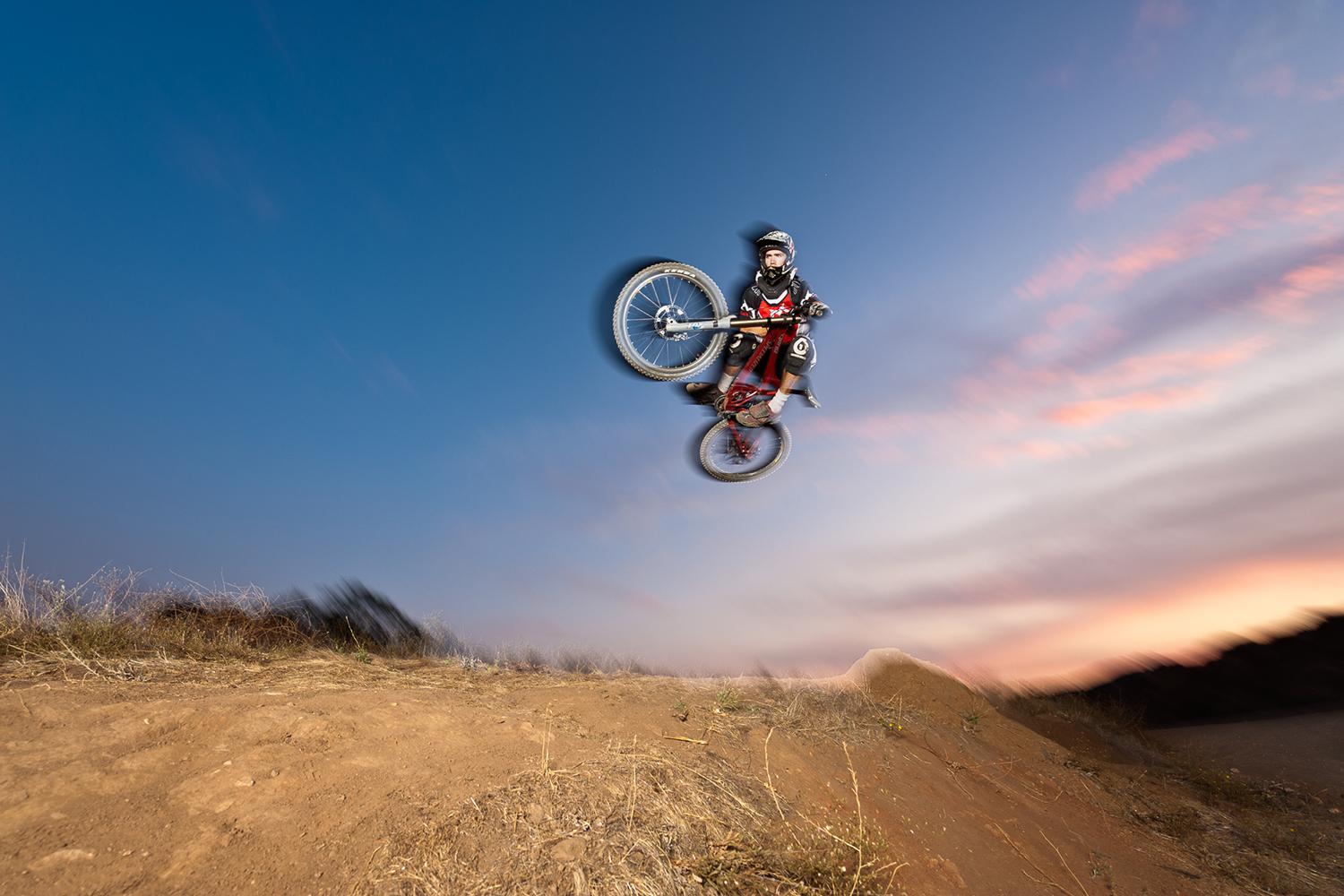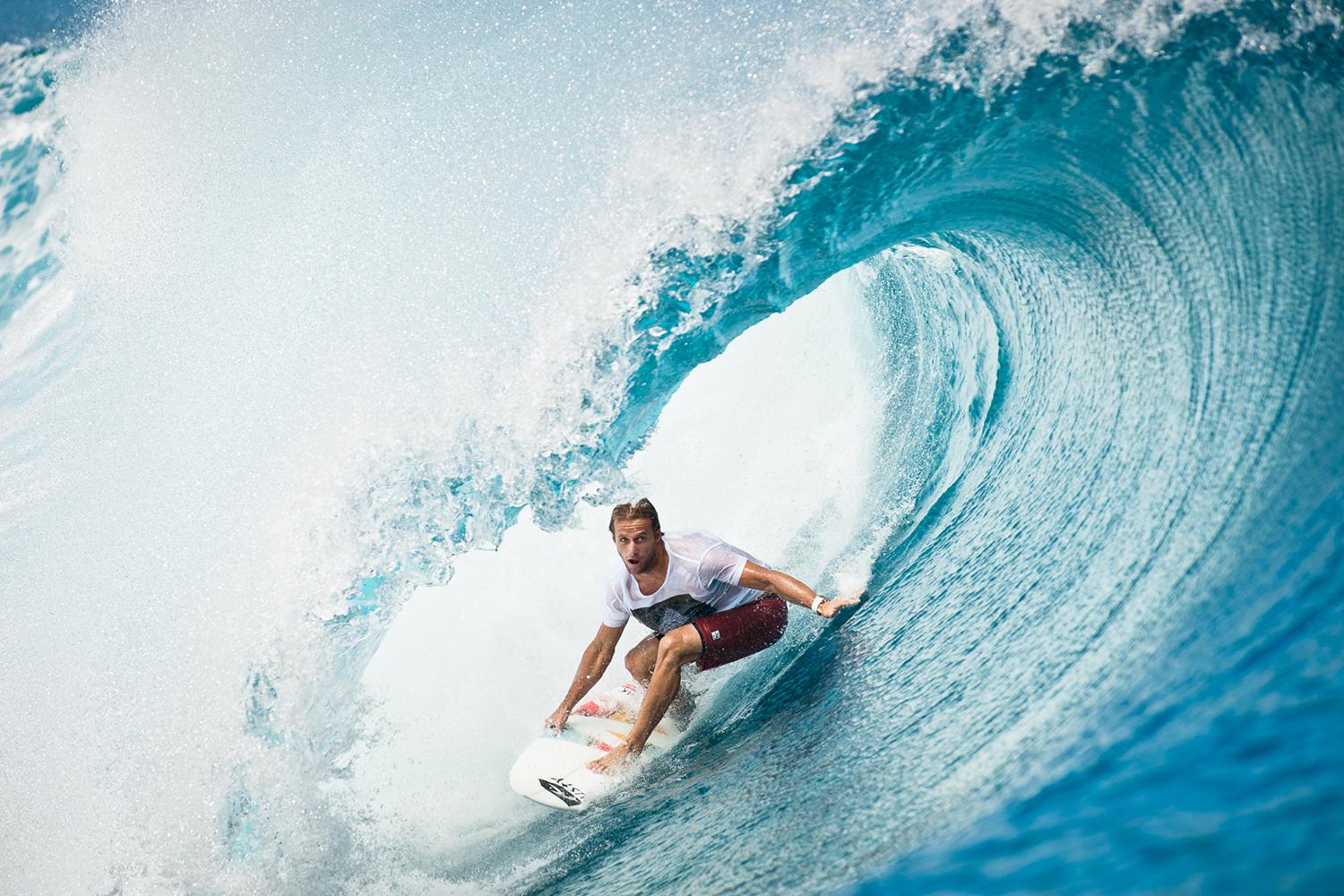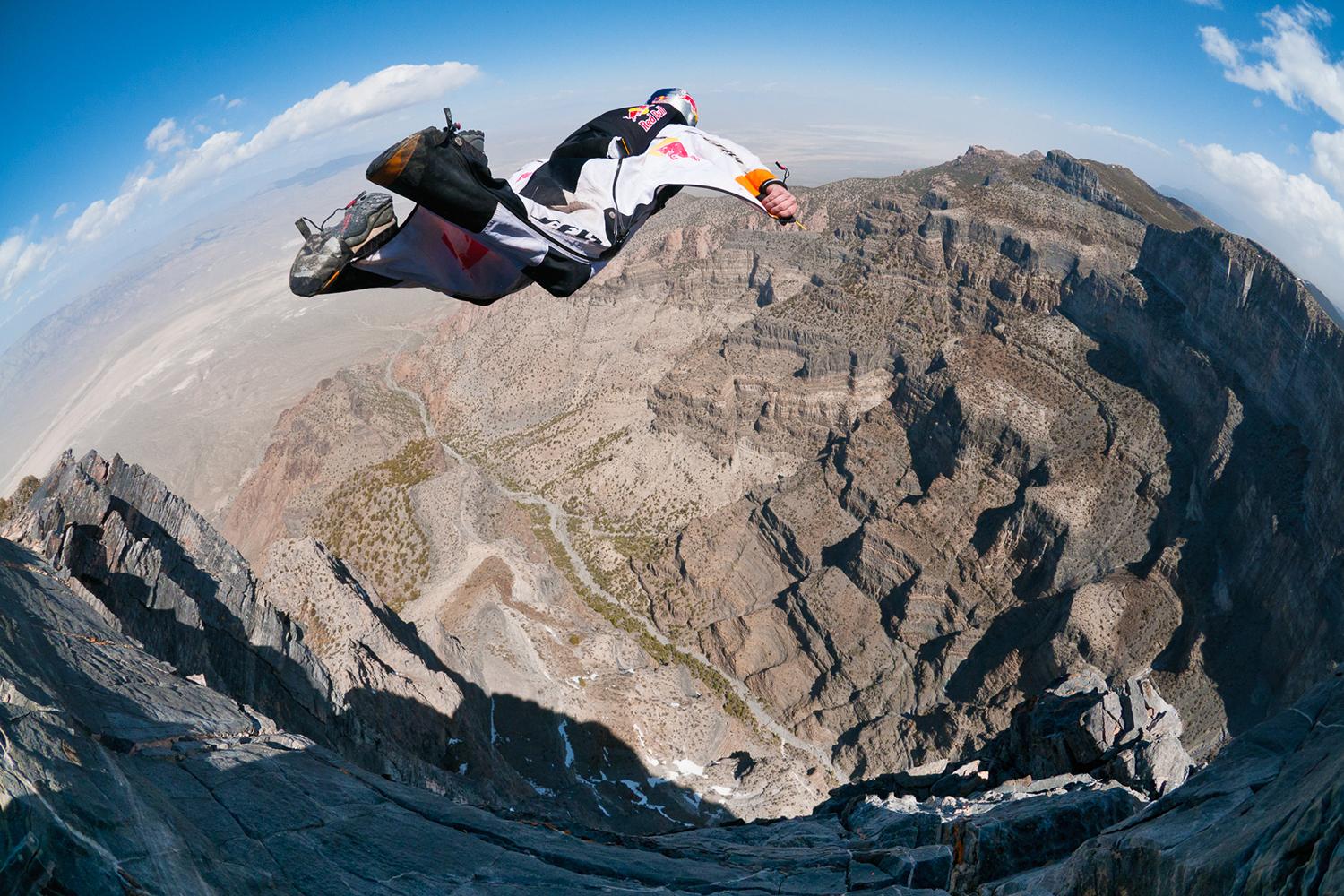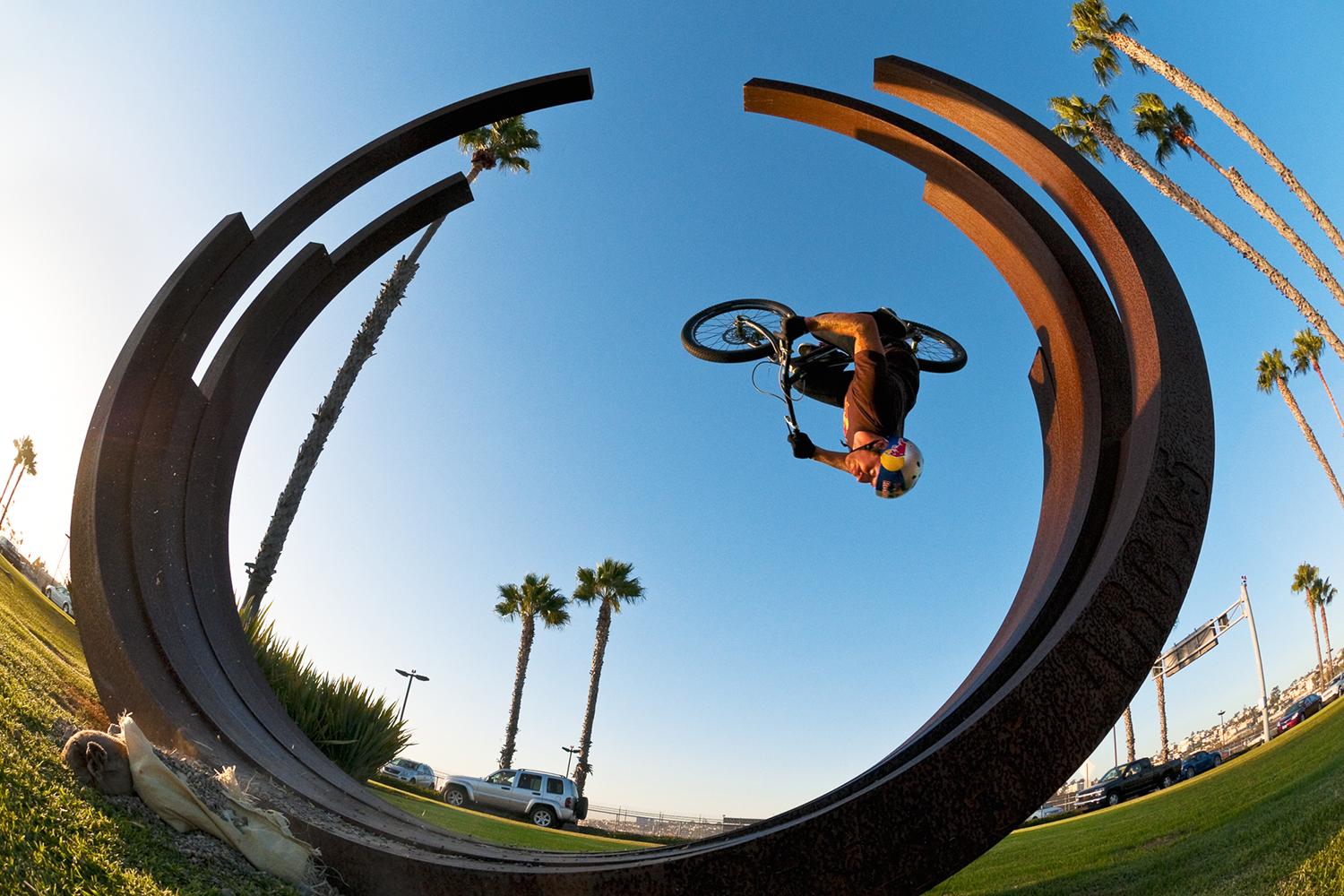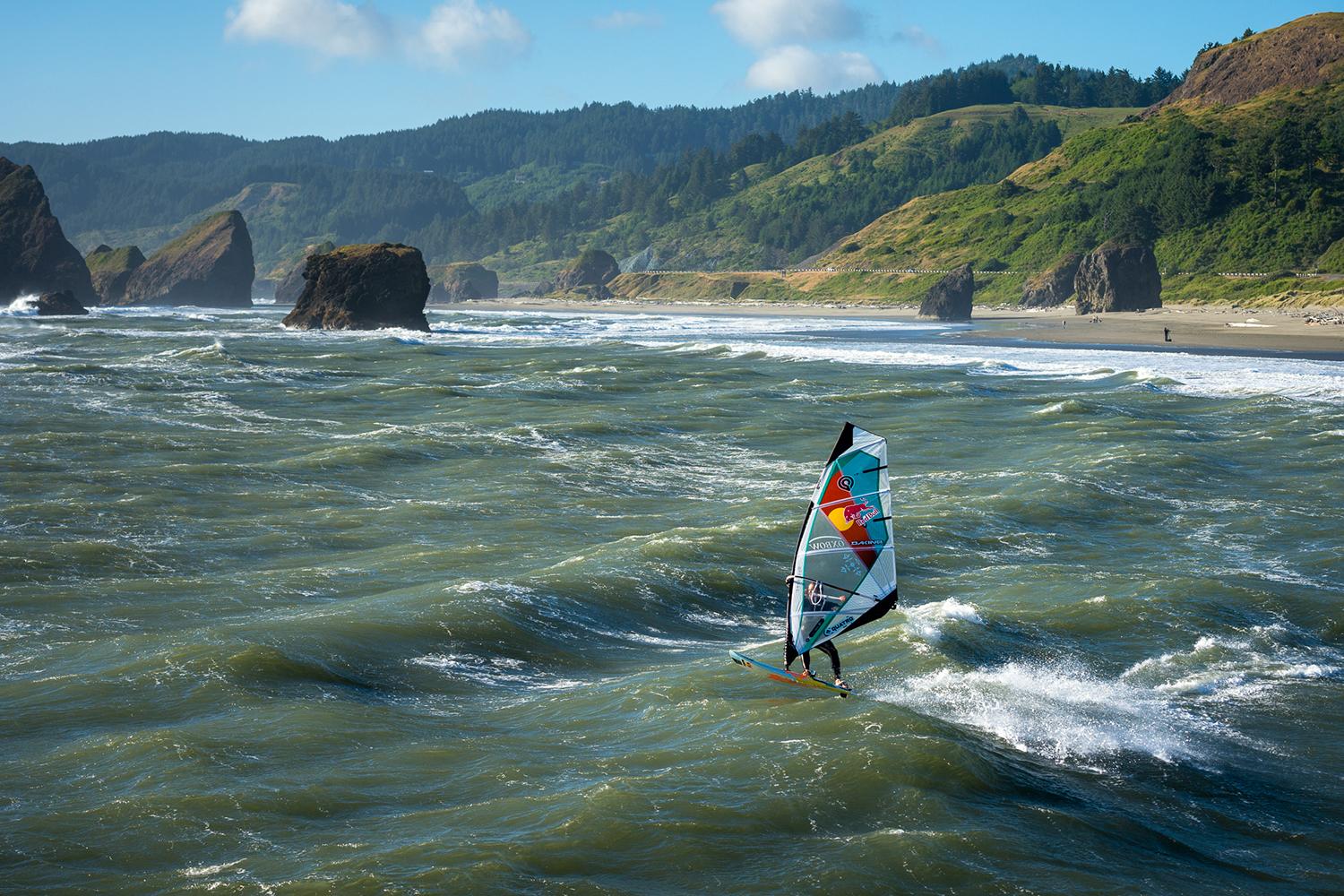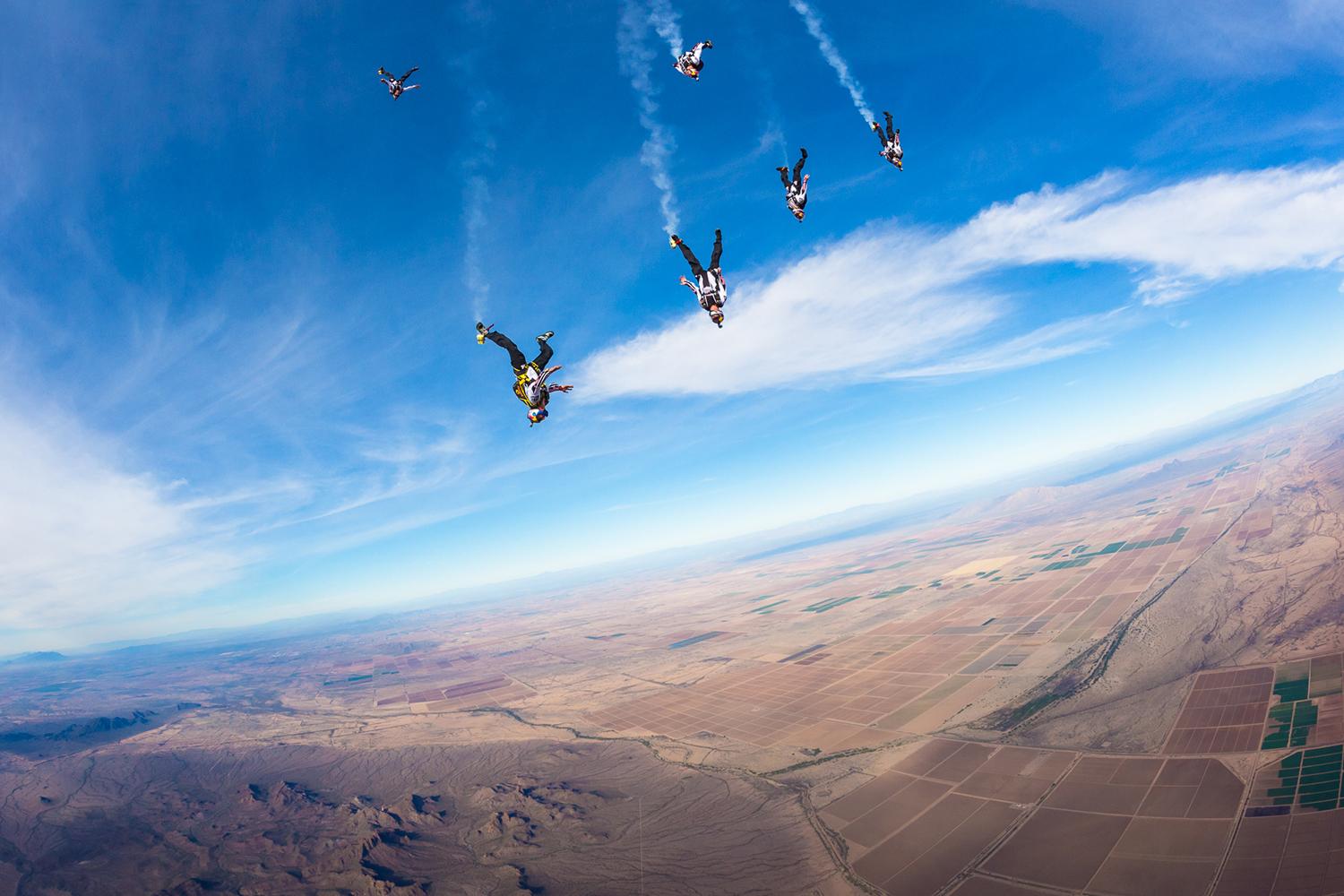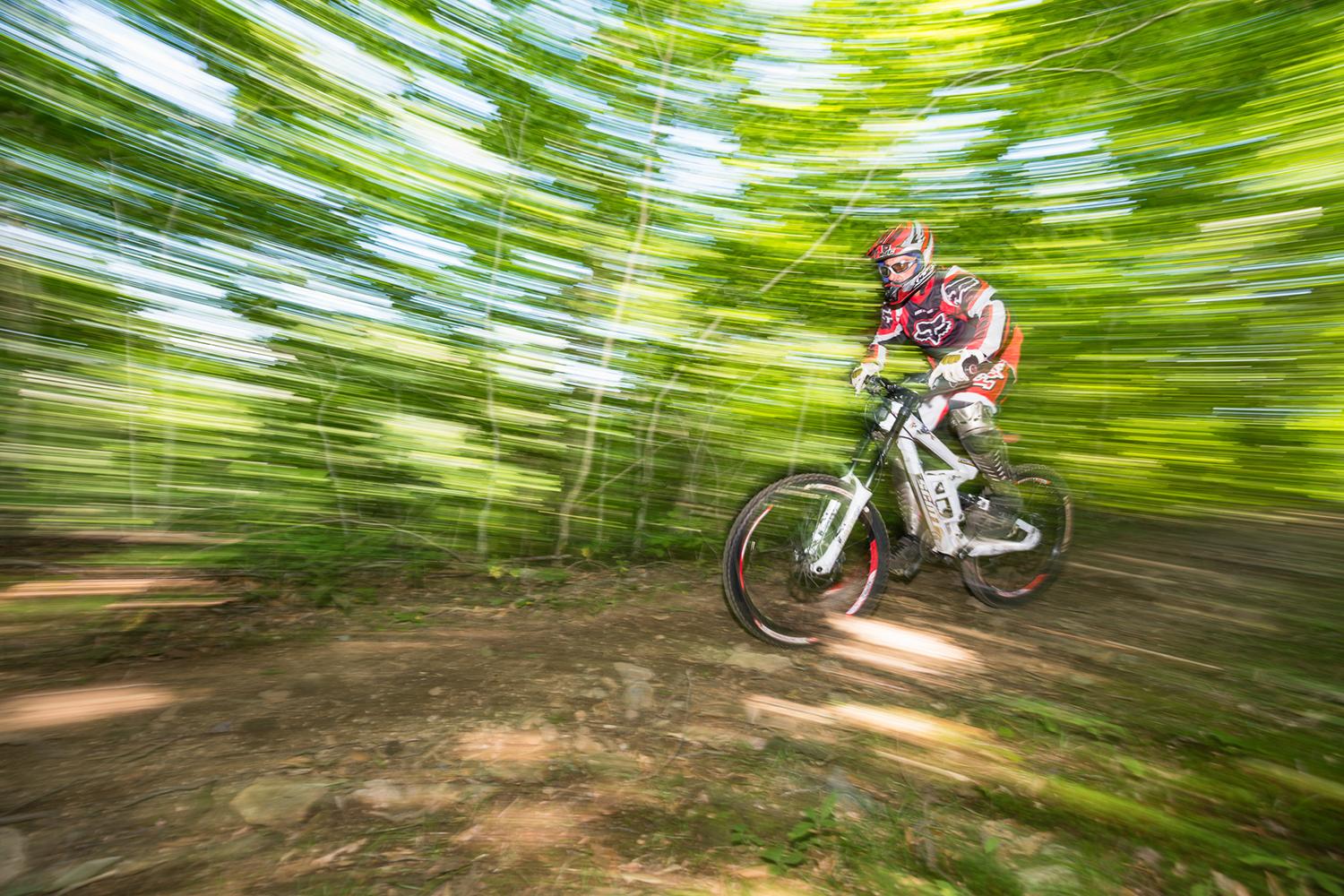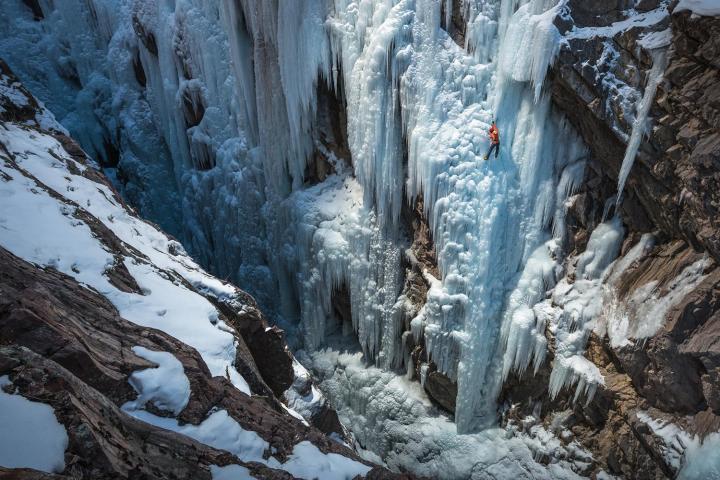
Imagine careening down a hill at breakneck speed on a mountain bike, or shooting whitewater rapids in a kayak. It’s one thing to capture these images from a distance; it’s another to get up close and personal.
As a photographer, it helps to have a genuine interest in extreme sports in order to photograph them well and this type of photography is mainly shot by people that participate in these sports. Michael Clark is one of the top action photographers in this field. He is known for capturing intense, raw images of athletes pushing their sports to the limit. (It helps that he not only has a passion for the sports he shoots, but he participates in them, too.) He has risked life and limb on a variety of assignments to bring back stunning images of rock climbers, mountaineers, kayakers, and mountain bikers in remote locations around the world.
We chatted with him recently about how he got into this line of work, and how he shoots one particular type of sport: mountain biking.
Digital Trends: What got you into extreme sports photography?
“Climbing soon became an obsession and I ended up turning down job offers to go climbing.”
Michael Clark: Growing up, I was always interested in the arts and became fascinated with photography in junior high school. During my last semester in college, I took a rock-climbing course. I also met a friend who was a National Outdoor Leadership School (NOLS) instructor. He was looking for a partner to go climbing in Hueco Tanks, Texas, for spring break that year and he was nice enough to take on a neophyte. Climbing soon became an obsession and I ended up turning down job offers to go climbing. It was climbing that brought me back to photography, at first to record the amazing places I traveled to and later to inspire others.
On an extended climbing trip in France – when I first thought I could make a living from my photography – I was photographing Toni Lamprecht, a world class German climber, in Buoux, France. When I returned home I made a pact with myself: If I could get my first three submissions published I would give it a go as a career. I sent my best work to three magazines: Outdoor Photographer, Climbing, and Rock and Ice. All three submissions were published within a few months. Looking back, it still shocks me to this day. At present, I have been working as a professional photographer for 19 years.
Does participating in many of the sports you shoot, give you a big advantage on assignments?
As a climbing photographer, you have to be involved and be able to climb to get into position. I am a climber and a mountaineer, and I do participate in the climbing and I am hanging right there next to the climbers.

I am always a participant in some ways with the sports I am shooting. I am not a surfer, but I do swim out and shoot with the camera in a water housing and swim under the waves as the surfers go past me.
For some sports, like mountain biking, sea kayaking, and skiing, I do all of these at some level or another. For mountain biking I am often carrying so much gear I don’t mountain bike during the shoot unless we need to get out to a remote location. For skiing and other sports it is just a matter of setting it all up.
I do have to say that being a climber allows me to get into some wild and crazy positions many that non-climbers just would not or could not get to.
What was the most dangerous shoot you have worked on?
Let’s just say if there is such a thing as nine lives, then I have used up six or seven of them. I have had my rope cut down to a few strands of the core (while I was hanging on it). I have been hit by a beach ball-size rock that came off the cliff above me while rock climbing, fallen into quicksand, been hit by a car, gone hypothermic in the Beagle Channel (in South America), had cerebral edema at 22,000 feet, and last, but not least, I have frost nipped fingers and toes while mountaineering and ice climbing.
“If there is such a thing as nine lives, then I have used up six or seven of them.”
I should have died at the very least in two or three of these situations, but the rope incident was one of those moments where I knew, beyond a shadow of a doubt, that I was going to die any moment. [Read more about this at Clark’s website.]
For many of the sports I photograph, there is almost always an element of risk. The scariest thing I have done lately is swim out at Pipeline (in Hawaii), one of the world’s most dangerous waves. For me, swimming out at Pipe is way scarier than hanging off a 3,000-foot cliff.
What’s your favorite extreme sport to shoot?
Any sport where there are incredible views, a sense of freedom, and a rush of endorphins are interesting to me. I am an explorer at heart and I love to visit extremely remote areas. Having an adventure while on the shoot is a huge part of the fun for me. If they ever start sending photographers into space I’ll be first in line to sign up for that gig. NASA, are you listening?
What are some of the tips and things to consider when shooting mountain biking?
When compared to many adventure sports, mountain biking is relatively easy to photograph. In many cases, you can simply walk to the location if you have too much gear to ride with. There is always fast-moving action, and if you are working with expert riders, it is amazing what they can do on two wheels – so getting solid images is relatively easy. The bike also lends itself to an array of remote camera options (that are easy to set up), which result in stellar images, giving a feel for what it was like for the rider.
I highly recommend using a camera that shoots at 5 frames per second (fps) minimum, but a camera that shoots at 8 fps or faster is even better. Fast framing rates give you more options in the end because you can only catch so many frames as the riders blast past you. If you have a camera that can shoot 8 or 9 fps, then you’ll have an extra image or two to choose from, and that might make the difference between a good image and a great one.
In addition to the fast framing rates, you’ll need the best autofocus you can afford. How well your camera can track moving objects will have a big impact on how many images are truly sharp. I have found that lenses with the autofocus mechanism built into them have radically better autofocus than those that use a screw drive system (in camera).
“A fisheye is one of the secret weapon lenses I always take with me when I photograph mountain biking.”
In general, the lenses made by (the camera) manufacturer will also focus faster than those made by a third party. In terms of Nikon’s options, the lenses with the AF-S designation (meaning “silent wave motor”) are extremely fast and about as good as it gets.
Using a telephoto, like a 70-200mm zoom, gives you a good working distance from the riders but also allows you to fill up the frame. A 300mm lens gives you even more reach, but since they are quite heavy, it will depend more on your location as to whether or not you use it. Carrying a teleconverter (1.4x or 1.7x) with you is a great option if you need more reach and want to carry less weight. On the flip side of the focal range, a fisheye is one of the secret weapon lenses I always take with me when I photograph mountain biking.
When shooting, what do you think about?
Lens choice and composition are huge factors when shooting mountain biking. I think about how to make the viewer feel what it was like for the rider.
There are a few tried-and-true combinations of gear and positioning that really convey the intensity of this sport. For instance, when I am shooting a cliff drop, my go-to lens is the fisheye (10.5mm or 16mm) because it makes the cliff look larger and steeper, and I move in tight underneath the drop, just to the side of where the rider will come off. I use a hyperfocal distance method to achieve focus; this way, I know that everything is in focus and I can concentrate on the composition.
Respect the laws of composition, the rule of thirds; don’t put the subject right in the middle, etc. But also, get funky and experiment. Sometimes those whacky compositions really work – but don’t get whacky for every shot. Get the safe shots, then experiment.
If the image is better served with a wide-angle, like a 14-24mm zoom, I’ll move a little farther away and shoot from the side with the autofocus engaged. If the cliff drop happens to have an incredible landscape behind it, then I’ll move back even farther with a 24-70mm lens and include rider and the landscape. Or, if there is no cliff drop at that particular point on the descent, I’ll pull out the 70-200mm zoom and try to capture the rider ripping down the trail and the dust flying behind him to show the concentration and speed involved.
Michael Clark is an internationally published outdoor photographer specializing in adventure sports, travel, and landscape photography, and has worked with Adobe, Apple, Men’s Journal, National Geographic, Nokia, Outdoor Photographer, Outside, and Red Bull. He uses unique angles, bold colors, strong graphics and dramatic lighting to capture fleeting moments of passion, gusto, flair, and bravado in the outdoors.
